Introduction of Photoconversion Rare Earth Phosphors Fabrication
DOI: 10.23977/mpcr.2023.030104 | Downloads: 12 | Views: 1408
Author(s)
Weixin Zhou 1,2, Xiao Jiang 2, Jianli Shi 2, Yafeng Liu 2
Affiliation(s)
1 School of Electronic Science and Engineering, Southeast University, Nanjing, 210096, China
2 Risen Energy Co., Ltd., Ningbo, Zhejiang, 315609, China
Corresponding Author
Weixin ZhouABSTRACT
Heterojunction photovoltaic cells exhibit two types of parasitic absorption, namely band edge absorption of ITO thin film and light absorption by doped amorphous silicon layer. These two types of parasitic absorption result in a decrease in EQE or IQE of heterojunction photovoltaic cells in the short wavelength region. Rare earth elements are widely used in optical functional materials due to their unique electronic configuration, which is attributed to the 4f electronic properties. The photoconversion phosphors composed of different rare earth elements are sorted with up/down conversion rare earth luminescent materials. The results of spectral allocation can make up for the shortcomings of the low absorption efficiency of the short wavelength of heterojunction photovoltaic cell. The preparation processes of rare earth phosphors generally include high-temperature solid-state method, precipitation method, sol-gel method, hydrothermal method, combustion method, etc. In this paper, the main preparation methods of rare earth phosphors are presented, and some typical cases are listed.
KEYWORDS
Heterojunction Photovoltaic Cell; Rare Earth elements; PhotoconversionCITE THIS PAPER
Weixin Zhou, Xiao Jiang, Jianli Shi, Yafeng Liu, Introduction of Photoconversion Rare Earth Phosphors Fabrication. Modern Physical Chemistry Research (2023) Vol. 3: 25-29. DOI: http://dx.doi.org/10.23977/mpcr.2023.030104.
REFERENCES
[1] Lin H, Yang M, Ru X N, et al. Silicon heterojunction solar cells with up to 26.81% efficiency achieved by electrically optimized nanocrystalline-silicon hole contact layers[J]. Nature Energy, 2023, 8: 789-799.
[2] Zhang D, Deligiannis D, Papakonstantinou G, et al. Optical enhancement of silicon heterojunction solar cells with hydrogenated amorphous silicon carbide emitter[J]. IEEE Journal of Photovoltaics, 2014, 4(6): 1326-1330.
[3] Holman Z C. Descoeudres A, Barraud L, et al. Current losses at the front of silicon heterojunction solar cells[J]. IEEE Journal of Photovoltaics, 2011, 2(1): 7-15.
[4] Kumar K S, Lou C G, Xie Y F, et al. Energy transfer in co- and tri-doped Y3Al5O12 phosphors[J]. Journal of Rare Earths, 2017, 8(35): 775-782.
[5] Yan F Y, Gao H M, Liu L, et al. Preparation of Sr3Al2O6: Eu3+ red phosphors by co-precipitation method[J]. Bulletin of the Chinese Ceramic Society, 2015, 34(9): 2487-2490.
[6] Xiao L J, Yan F Q, Xie Y, et al. Preparation and fluorescent properties of Bi3+ doped, Yb3+ doped and Bi3+, Yb3+ codoped Gd2O3 phosphors [J]. Chinese Journal of Luminescence, 2012, 33(4): 383-388.
[7] Li Y, Cai Y X, Ming C G, et al. Simple synthesis, adjusting luminescence colour and white light emission of Ln3+: CeF3 (Ln = Tm, Tb, Eu) phosphors[J]. Bulletin of Materials Science, 2023, 46(2): 113.
[8] Lau K S, Hassan Z, Lim W F, et al. Effect of microwave time on the structural and luminescence properties of YAG:Ce prepared by microwave solution combustion (MSC) synthesis[J]. Optik. 2020, 212: 164437.
| Downloads: | 964 |
|---|---|
| Visits: | 63990 |
Sponsors, Associates, and Links
-
Forging and Forming

-
Composites and Nano Engineering
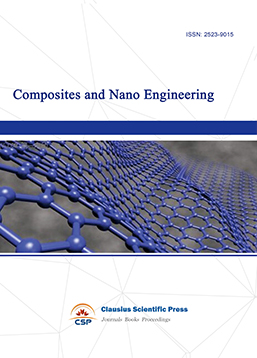
-
Journal of Materials, Processing and Design
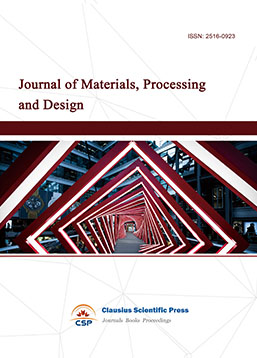
-
Metallic foams
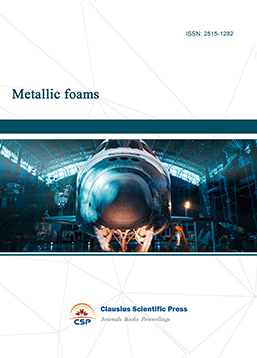
-
Smart Structures, Materials and Systems

-
Chemistry and Physics of Polymers
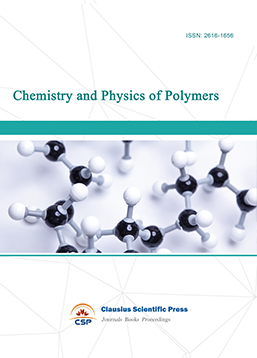
-
Analytical Chemistry: A Journal
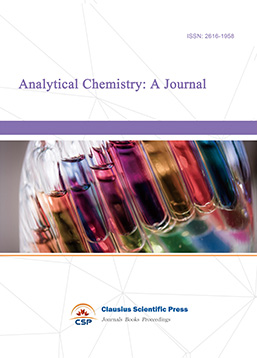
-
Inorganic Chemistry: A Journal

-
Organic Chemistry: A Journal
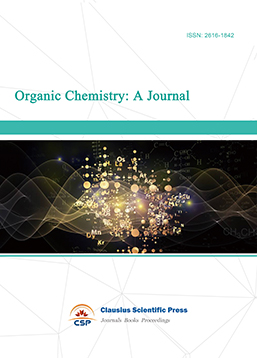
-
Progress in Materials Chemistry and Physics

-
Transactions on Industrial Catalysis
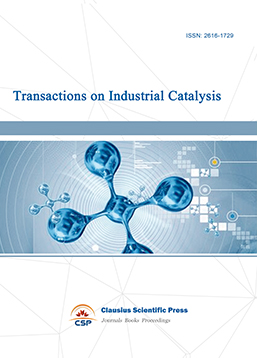
-
Fuels and Combustion

-
Casting, Welding and Solidification
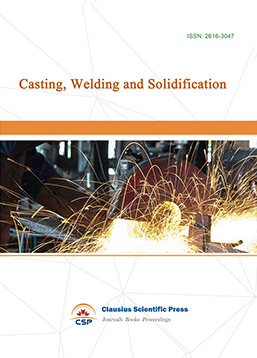
-
Journal of Membrane Technology
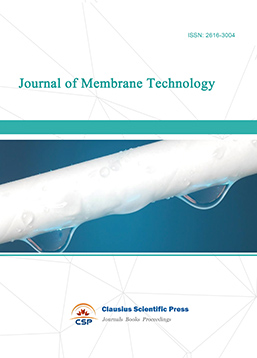
-
Journal of Heat Treatment and Surface Engineering
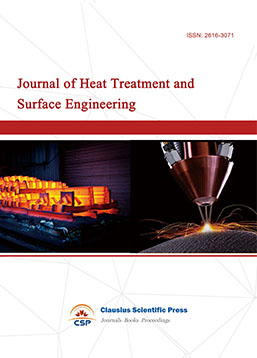
-
Trends in Biochemical Engineering

-
Ceramic and Glass Technology

-
Transactions on Metals and Alloys
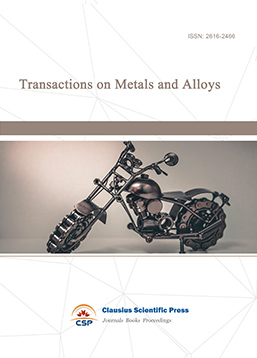
-
High Performance Structures and Materials
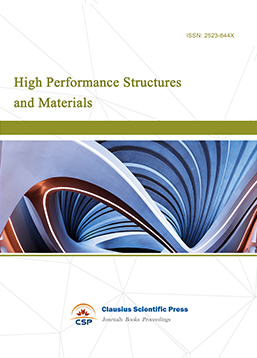
-
Rheology Letters

-
Plasticity Frontiers

-
Corrosion and Wear of Materials

-
Fluids, Heat and Mass Transfer

-
International Journal of Geochemistry
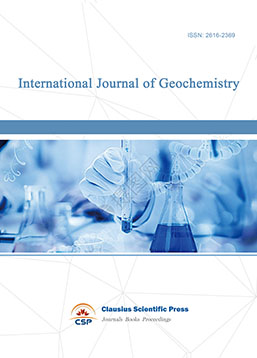
-
Diamond and Carbon Materials
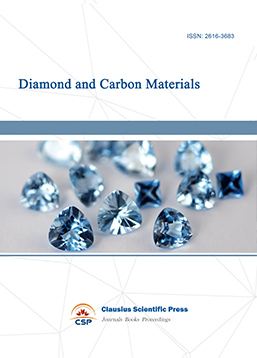
-
Advances in Magnetism and Magnetic Materials
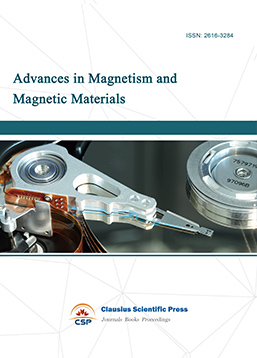
-
Advances in Fuel Cell

-
Journal of Biomaterials and Biomechanics
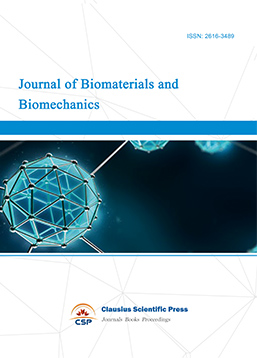

 Download as PDF
Download as PDF